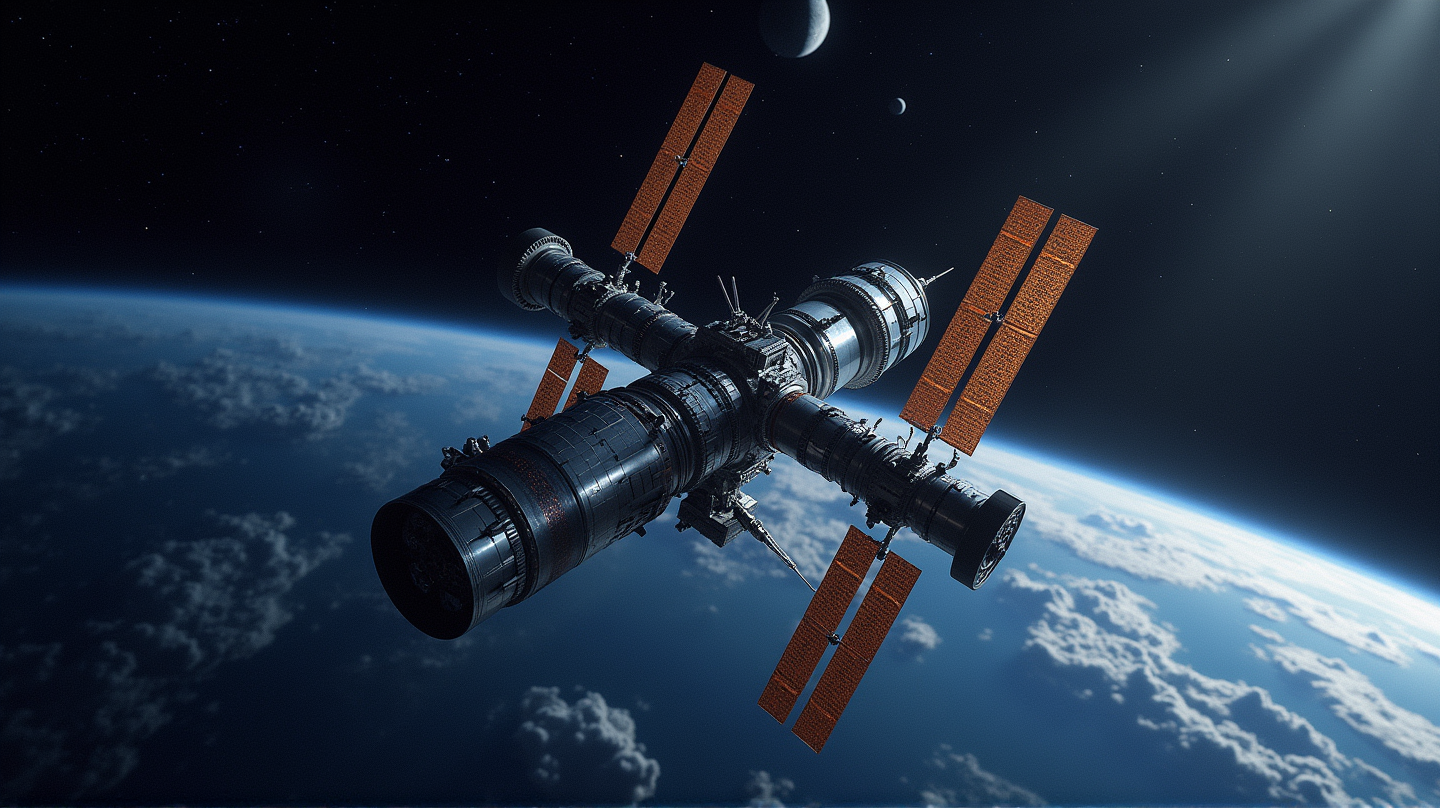Celebrating 25 Years of Discovery in Microgravity
Explore the pioneering advancements in science and technology aboard the International Space Station through its 25-year journey of innovation and exploration.

A New Era in Space Exploration
In the heart of space, orbiting silently above our planet, the International Space Station (ISS) has become a beacon of scientific progress and international collaboration. For 25 years, this marvel of human ingenuity has allowed researchers to step outside the constraints of Earth’s gravity, leading to discoveries that are shaping our future both in the cosmos and at home. As humanity ventured beyond our atmosphere, a new chapter unfolded in our quest to reach the Moon and Mars.
Engineering the Future
The ISS is not just a station but a launchpad for innovation. From developing cutting-edge communications to revolutionizing medical procedures with robotic technologies, its legacy is intertwined with future explorations to the Moon and Mars. The station has become an unexpected factory in space, pioneering the production of 3D-printed tools from recycled materials, preparing astronauts for the demands of deep space missions.
Sustaining Life Among the Stars
Growing food without soil and recycling almost all of the water used, the ISS has become a living experiment in self-sustenance. These advancements are crucial as we look towards Mars, while simultaneously revolutionizing agricultural and medical practices here on Earth. The pursuit of longer stays in space has brought us closer to understanding the human body in extraordinary conditions, with the knowledge we gain improving life for all.
The Ripple Effect on Earth
The benefits of space-born research ripple across the globe. At the microscopic level, the ISS has unveiled new possibilities in medicine—extending hope for millions with diseases like cancer or Alzheimer’s through the study of protein crystals and stem cells. Additionally, advances in bioprinting hold promise for organ transplantation one day. Meanwhile, the station’s eye in the sky supports emergency responses to natural disasters and monitors our planet’s vital signs.
Peeling Back the Cosmic Curtain
In the serene silence of space, devoid of the atmospheric veil that obscures the universe, the ISS provides an unparalleled view into the cosmos. By studying phenomena like black holes and ripples in space-time, the station is unraveling mysteries that challenge our understanding of physics. The intriguing discovery of a fifth state of matter pushes the boundaries of quantum science, promising innovations in navigation and technology for the future.
Building Bridges Across Borders
The ISS is an emblem of global unity, where astronauts from over 25 nations come together in pursuit of common goals. A shared endeavor in space leads to shared progress on Earth, enabling private companies and students to partake in its bounty. The once unattainable dream of a space economy is becoming reality, forging new pathways for innovation and collaboration among the next generations.
A Vision for Tomorrow
The International Space Station remains a symbol of what humanity can achieve together. It paves the way for limitless possibilities in space exploration and scientific understanding. As we look to the future, the ISS stands as a testament to our past triumphs and a beacon guiding us to the stars.
Join us in this journey and learn more about the ongoing research at the International Space Station at NASA (.gov).
According to NASA (.gov), the next generation of explorers is being inspired by these remarkable achievements. The ISS opens doors not only to space but also to new ways of thinking and living, propelling us into a future where the only boundaries are those we set ourselves.

